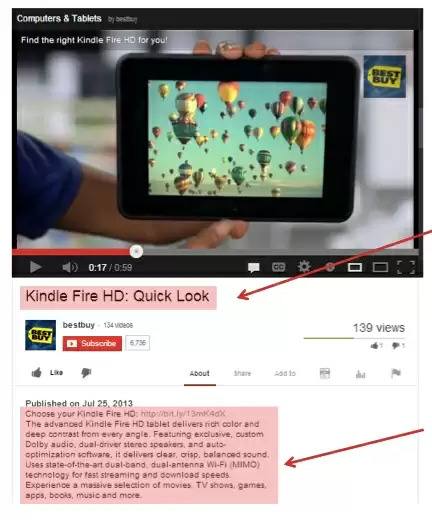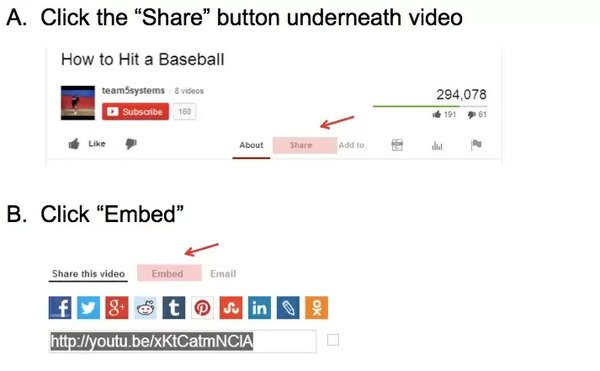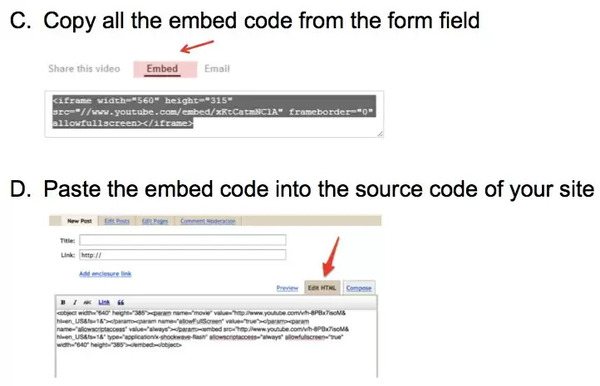The research is abundantly clear: adding rich media like video to your Web marketing plan drives organic traffic. BrightEdge CEO Jim Yu recently discussed our latest data on rich media in his article for Search Engine Land. In it, he highlights findings that show rich media drives not only search visibility, but also significant click-through, making it essential to your Web marketing and SEO strategy. Considering that YouTube is second only to Google itself as a preferred search engine, it only makes sense to incorporate video within your overarching content strategy. In this post, we’ll go through best practices for optimizing video, focusing on the YouTube platform.
Creating and optimizing YouTube videos
- Create a quality video content plan
- Optimize the videos with titles, descriptions, and tags
- Upload video transcripts
- Share your videos
1. Creating a quality video content plan. Compelling, quality video on YouTube can help you capture prospects at the beginning of the buy cycle and even help you be more visible by showing up in Google’s Universal Search results. Before you begin your video content campaign, however, make sure you understand your target market, the topics you want to tackle, and the keywords that you want to optimize the video for. Although the YouTube keyword tool has been discontinued, Google recommends using the keyword planner tool for keyword research. And, just like you would on a blog, aim for a consistent publishing schedule for your video campaign.
A steady video-posting schedule will help build your brand and encourage engagement. And speaking of engagement, you want to build it over time. One of the ways you can measure the quality of your video is the engagement metrics. Are viewers staying for the entire duration of the video? Be sure to optimize the length of your video in response to what you’re seeing in YouTube’s analytics. Research coming from Wistia suggests videos start losing viewership after the first 30 seconds.
2. Optimize the videos with titles, descriptions, and tags. Like your website’s content, your video content should have optimized titles, descriptions and tags. Here’s an example of what the title and description fields look like in YouTube: 
- Titles: As a predominant factor in driving click-through, it’s important to make sure your video titles command attention. Remember that when optimizing them for search with keywords, guard against excess use (i.e., “keyword stuffing”). And just like a Web page’s Meta title, your video title should adhere to a character count – about 65 characters – so that it won’t be shortened (truncated) in the search results.
- Descriptions: There’s more room for adding details, including keywords, in the video description (about 180 characters). Adding text here is an essential part of video optimization, as it allows the engine to better understand what the video content is about. Make sure the most important information is first. If you want your site’s URL included, place it at the beginning of the description (include the http:// or https:// prefix) so it will directly serve as a link to your website. You can also use URL shorteners like bit.ly for tracking.
- Tags: The tagging feature allows you to leverage keywords; but unlike titles and descriptions, tags are words to denote the general categories under which your video content may fit.
3. Upload video transcripts. As eluded to with video descriptions, supplementing your videos with written content provides search engines the searchable text they need for indexing and ranking.Video transcriptions is a great way to do this. Adding written content to YouTube videos can help drive traffic to a website from long-tail keyword searches as well. It’s also important to note that providing a transcript can help the hearing impaired access your video content, too.
4. Share your videos. Strategic sharing can amplify your video content across the Web. Key ways to use links and social media to boost your brand and revenue include:
- Embedding: Embedding your video on the relevant pages of your own website can enhance the user experience.
- Social sharing: Calling to attention your video on your own blog, a partner site or on social media (e.g., Facebook, Twitter, StumbleUpon, Tumbler) helps get the word out. You can even include it in your email marketing campaigns. Here is an example of how to embed and share your YouTube video on a Web page:


Bonus video tips
- Export your videos with frame size 1920 x 1080 pixels; Google prefers HD.
- A 16:9 aspect ratio is recommended.
- Use an Mp4 file format; max file size should be 2 GB.
- Create a custom thumbnail for each video.
- Pick a preferred video format (.mov, .avi, or .wmv); make one version visible to search engines, but offer them all to users.
- Include annotations to give videos extra interactivity.
- Don't forget: Set visibility to public.
With video becoming an ever-increasing source of organic traffic and conversions, brands that want to truly become brand publishers in 2015 will need to embrace this channel and learn how to leverage it effectively. Hopefully this simple video optimization “primer” inspires you!
